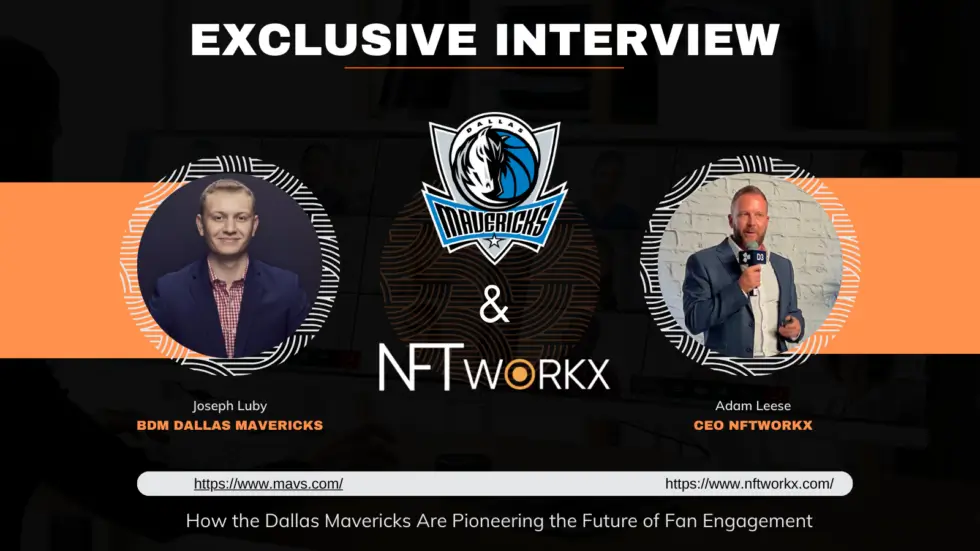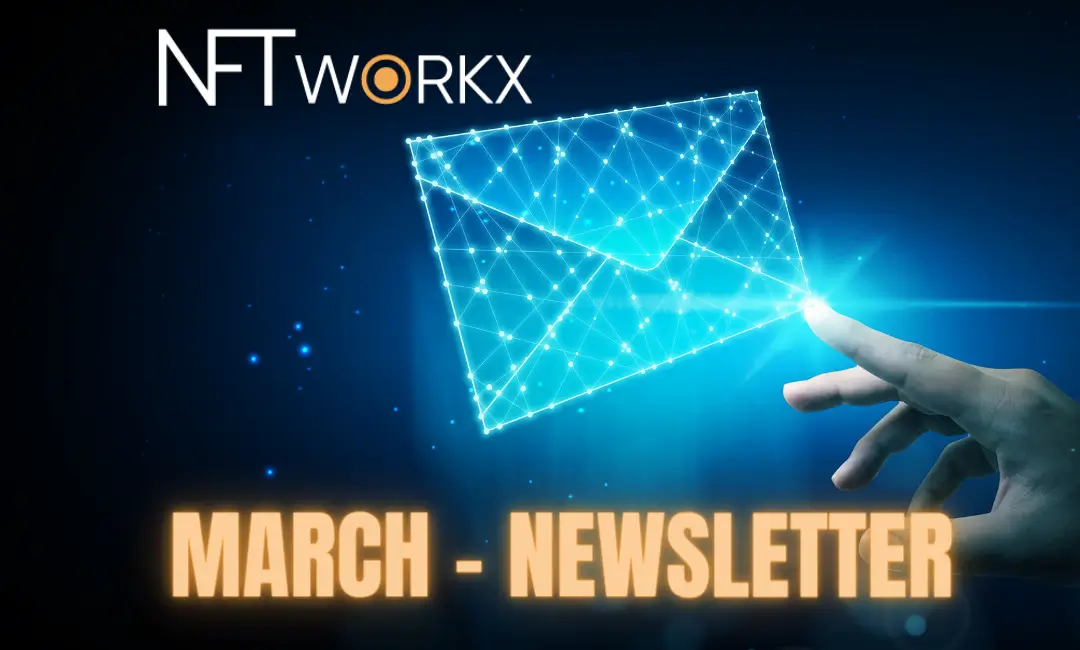Table of Contents
| 1 | Introduction |
| 2 | What is Traditional Ecommerce? |
| 3 | What is Web3 Ecommerce? |
| 4 | The Technological Differences |
| 5 | User Experience: A Comparative Analysis |
| 6 | Decentralisation: The Game Changer |
| 7 | Security Measures |
| 8 | Payment Systems |
| 9 | Ownership and Data Privacy |
| 10 | Environmental Impact |
| 11 | The Future of Ecommerce |
| 12 | How to Get Started with Web3 Ecommerce |
| 13 | Challenges and Limitations |
| 14 | Conclusion |
| 15 | FAQs |
Introduction
Hey there, web3 enthusiasts! Ever wondered how the ecommerce world is evolving with the advent of web3 technologies? You’re in the right place. This article aims to dissect the differences between traditional ecommerce and web3 ecommerce, helping you understand why the latter is the future of online shopping. So, let’s dive in, shall we?
What is Traditional Ecommerce?
Traditional ecommerce is like your neighbourhood grocery store, but online. You go to a website, browse through products, add them to your cart, and make a payment. Simple, right? But have you ever thought about who controls this system? Who has your data? Let’s explore how web3 ecommerce is flipping this model on its head.
What is Web3 Ecommerce?
Imagine a marketplace where you’re not just a consumer but also a stakeholder. Web3 ecommerce is like a bustling farmers’ market where everyone has a say. It’s built on blockchain technology, offering a decentralised approach to buying and selling goods online.
The Technological Differences
Traditional Ecommerce: Centralised servers, controlled by a single entity.
Web3 Ecommerce: Decentralised networks, governed by smart contracts.
The backbone of web3 ecommerce is blockchain technology, which ensures that no single entity has complete control. This is a paradigm shift from the centralised systems we’re used to.
User Experience: A Comparative Analysis
Ever felt like you’re just a cog in the machine when shopping online? In traditional ecommerce, you’re a passive consumer. But in a web3 ecommerce ecosystem, you’re an active participant. It’s like the difference between watching a movie and being a character in a video game.
Decentralisation: The Game Changer
Decentralisation is to web3 ecommerce what electricity was to the industrial revolution. It empowers users, giving them control over their data and transactions. No middlemen, no hidden fees, just a transparent system where you call the shots.
Security Measures
Traditional Ecommerce: SSL certificates, firewalls.
Web3 Ecommerce: Cryptographic algorithms, smart contracts.
Web3 ecommerce offers a more robust security framework, making it nearly impossible for hackers to manipulate the system.
Payment Systems
Goodbye, credit cards! Hello, cryptocurrencies! Web3 ecommerce platforms often use digital currencies like Ethereum, making transactions faster, cheaper, and more secure.
Ownership and Data Privacy
In traditional ecommerce, your data is stored on someone else’s server. In web3 ecommerce, you own your data. It’s like owning your house instead of renting it.
Environmental Impact
Blockchain technology does have an environmental cost, but innovations like proof-of-stake are making it more sustainable. It’s a work in progress, but the future looks promising.
The Future of Ecommerce
Web3 ecommerce is not just a trend; it’s the next big thing. As technology evolves, expect to see more decentralised marketplaces popping up, offering a more democratic approach to ecommerce.
How to Get Started with Web3 Ecommerce
Interested? To get started, all you need is a digital wallet and some basic knowledge of cryptocurrencies. It’s like learning to ride a bike; once you get the hang of it, there’s no turning back.
Challenges and Limitations
No rose without a thorn, right? Web3 ecommerce is still in its infancy, and there are challenges like scalability and user adoption that need to be addressed.
Conclusion
Web3 ecommerce is revolutionising the way we think about online shopping. It offers a more democratic, secure, and user-centric approach compared to traditional ecommerce. So, are you ready to be a part of this exciting new world?
FAQs
1. What is web3 ecommerce?
Web3 ecommerce is a decentralised form of online shopping built on blockchain technology.
2. How is it different from traditional ecommerce?
It offers greater security, user ownership, and decentralisation.
3. What are the technological requirements for web3 ecommerce?
You’ll need a digital wallet and some understanding of cryptocurrencies.
4. Is web3 ecommerce environmentally friendly?
It’s a work in progress, but new technologies are making it more sustainable.
5. How can I get started?
All you need is a digital wallet and a willingness to learn.













